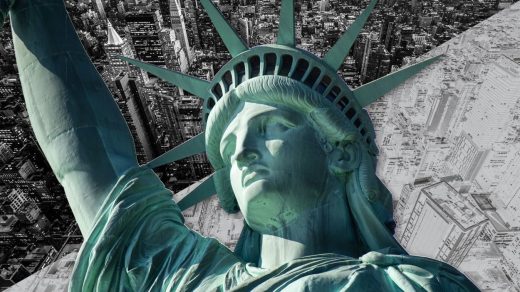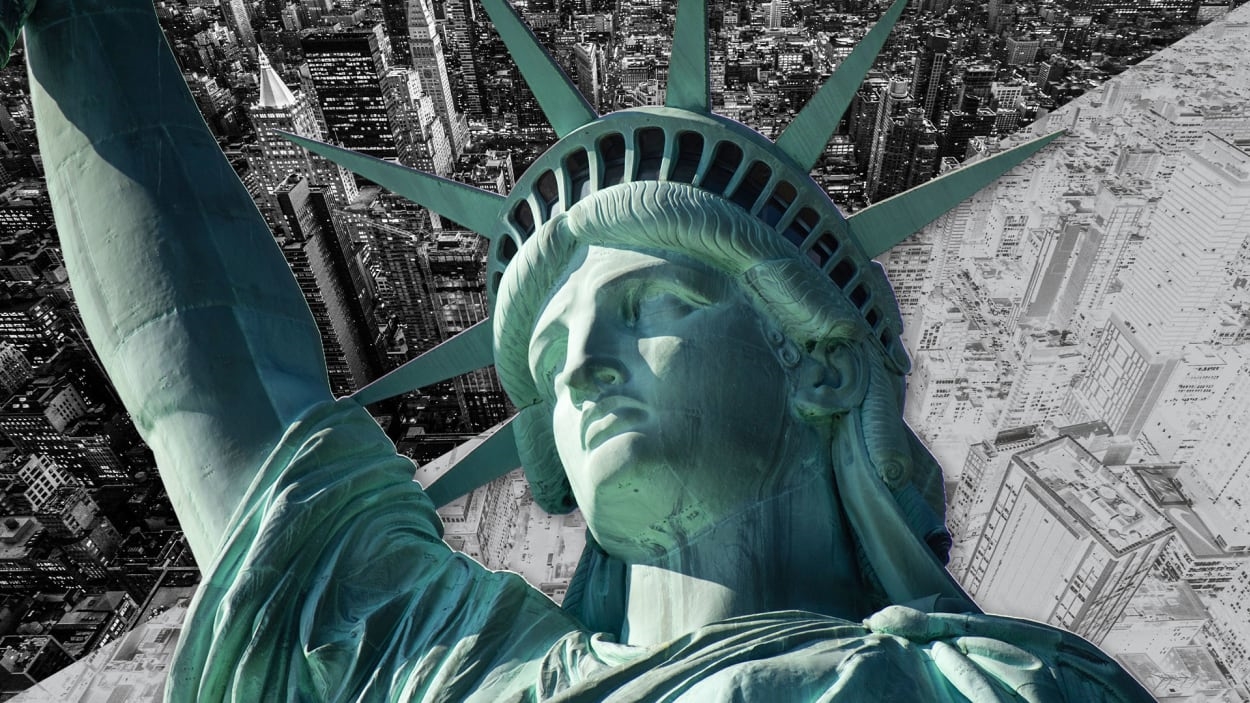The affordability crisis is so bad in NYC that half of its families can no longer afford to live there: report
Painting a dire portrait of a burgeoning cost-of-living crisis in America’s largest metropolis, a new report estimates that half of New York households can’t afford to live in the city.
The paper, published biennially by the local United Way and Fund for the City of New York—a group that’s advised City Hall since the ’60s—argues that the affordability crisis has reached its worst point in at least two decades. It suggests that 50% of city residents do not have enough money to rent an apartment, buy food and medicine, and get around town.
Using Census Bureau data from 2021, researchers compare New York City household income to what they call the city’s “true cost of living,” a baseline for New York families that prices out a budget, factors in households’ locations, types, and size, then determines if they can afford basic needs without some form of public or private assistance. By that formula, New Yorkers are in the most precarious position they’ve been in since the report began tracking affordability in the city.
In fact, in the two years between the previous report and the latest edition, the number of households that don’t earn enough money to meet basic needs rose by 38%, to 2,991,973 people. The researchers do note that changes to 2023’s methodology “expanded the number of households included in the dataset,” but the insinuation would be that previous reports undercounted the number of New Yorkers who are struggling. Regardless, the latest findings can’t have been helped by the lapsing of pandemic-era safety-net programs, from stimulus checks to child tax credits.
Six figures or sink
Using its “true cost of living” formula, the report claims that families across all five boroughs need, on average, to make a combined $100,000 a year to afford housing, food, and transportation, and to weather unexpected future costs. Living in a pricier part of the city raises that minimum income even higher: A family of four residing in Lower Manhattan needs at least $150,000 per year to get by, the report says.
Last month, Bloomberg left readers aghast with a story headlined “In New York City, a $100,000 salary feels like $36,000.” After taxes and adjusting for the sky-high cost of living, a New Yorker must earn a quarter million dollars annually to match the take-home pay of a person living comfortably in many midsize U.S. cities, bringing a certain clarity to the Sinatra song’s line, “If you can make it here, you’ll make it anywhere.”
Meanwhile, Manhattan rental prices just cracked a new ceiling, hitting a record median of $4,175 per month in March. New York rental prices typically don’t peak until the late summer, yet March’s figure is 13% higher than one year ago, and 2% higher than in February.
Tuesday’s report found that of all the households struggling with New York’s cost of living, four-fifths of them spend more than 30% of total income on housing. Thirty percent is the official rent-to-income ratio beyond which the U.S. government begins to call individuals “rent-burdened,” adding that they “may have difficulty affording necessities such as food, clothing, transportation, and medical care.”
When the pandemic hit, a widely reported statistic was that some 300,000 New Yorkers had fled the city—a phenomenon some experts argued was temporary, therefore cautioned against reading into it too deeply. However, data released last year showed that the people who left in 2020 were a well-off bunch: They outearned the cohort that left the previous year by 25%. This reportedly marked the biggest single-year-income shift among state expats in at least a decade.
The trend maps onto a larger one nationally, where it’s specifically retirees, middle-class families, and younger Black professionals who, citing the rising cost of living, are decamping from cities up north and relocating to cheaper environs down south. New York’s Black population has actually now declined by 9% in the past two decades, an exodus equal to almost 200,000 people. Per Census data, this has visibly remade New York City’s demographics: In 2000, 1 in 4 residents were Black. Now, it’s 1 in 5.
Both Mayor Eric Adams and Governor Kathy Hochul say making New York City affordable again is a priority, though policy-wise neither has achieved much of significance yet. Hochul’s ambitious plan to build more affordable housing across the whole state came unraveled last week, after legislators rebelled.
Last month, the duo launched the “We ? NYC” campaign to supposedly tout New York’s resilience, post-pandemic. The original “I ? NY” campaign was launched to attract tourists to a then-struggling city, and the logo was created by Milton Glaser, the legendary graphic designer behind New York magazine and the DC Comics and Brooklyn Brewery logos.
Adams and Hochul have said that one point of “We ? NYC” is to convince more New Yorkers to do volunteer activity in city’s parks and shelters. To make that work, though, New York City may need to give half of its residents some more reasons to love it back.
(31)



